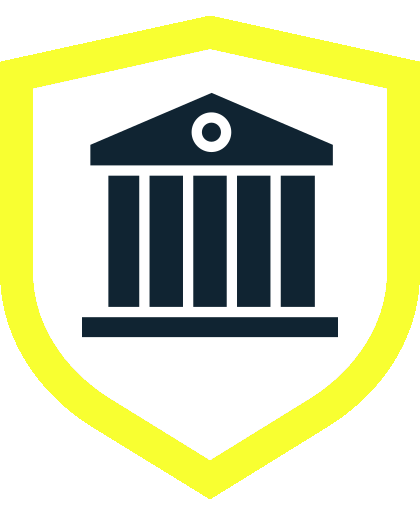In today’s fast-paced digital globe, the need for remote access solutions has never ever been higher. With the surge of remote job, telecommuting, and a higher reliance on electronic communications, remote desktop innovations have actually ended up being important for both individuals and services. Remote desktop software, such as Microsoft Remote Desktop, allows users to get in touch with their PCs or servers from practically anywhere, enabling seamless access to desktop applications and files. This is especially beneficial in situations where on-site access is either difficult or not practical. With tools like KVM switches, users can get remote control over multiple gadgets, bringing versatility and benefit to the management of IT sources.
For those in occupations where client communication occurs at a distance– like in telemedicine– remote control software can make all the distinction. Remote desktop applications allow healthcare professionals to check people, access health documents, and offer instant support without ever having to be in the exact same physical location. This capability is very useful not simply in medical care, yet across different sectors such as IT, education, and customer support, where assisting clients or offering support remotely is a regular need.
Connection modes have advanced, with options consisting of Remote Desktop Protocol (RDP), which gives users secure access to devices over networks. Software options available for users are large, each offering different features tailored for specific demands. Several of the best remote access software consists of TeamViewer, AnyDesk, and Sunlogin– each satisfying different user experiences while making sure durable protection. Whether it’s to remotely visit to a Windows PC, make it possible for access across Mac and Ubuntu systems, or promote smooth cross-platform usage, there’s a solution offered.
Free remote control software options are additionally plentiful, making it easier for both individuals and small companies to embrace remote technologies without significant investment. Tools like VNC give access to remote computers without the requirement for much setup, making them useful for quick support jobs.
Another substantial aspect of remote desktop modern technology is its capability to streamline and enhance the remote management of devices. Attributes in many remote software solutions allow for remote file transfer, enabling users to share papers safely over the internet.
Remote work has actually also emphasized the value of supporting multiple users concurrently. Organizations that count on desktop virtualization solutions, such as Virtual Desktop Infrastructure (VDI), can efficiently support huge groups by permitting them to access their desktops remotely, frequently leading to significant cost savings. This shift not just equips workers however additionally enhances efficiency– enabling groups to work together properly, no matter their geographical areas.
Mobile tools have actually ended up being an indispensable component of remote access strategies. remote it monitoring software like Remote Desktop Connection customers allow users to securely access their systems while out and about, making it less complicated to respond to urgent tasks or collaborate with coworkers.
Remote desktop access has additionally expanded into the academic sector, promoting on the internet understanding and virtual classroom environments. By using remote access tools, educators can foster interesting and interactive discovering experiences, guaranteeing that trainees have access to all the sources they require to prosper academically.
As we relocate deeper into an age characterized by digital transformation, the advancement of remote desktop innovations will just continue to expand. Enterprises are significantly incorporating remote management capabilities into their conventional operating procedures, recognizing that having robust remote access options is not just a high-end but a necessity. Safety and security procedures such as network-level authentication, security procedures, and multi-factor authentication are frequently being executed to safeguard sensitive data throughout remote sessions.
In addition, remote desktop applications are becoming crucial tools for various sectors, from supplying remote IT support to executing complex procedures for heavy machinery across vast distances. Remote control for commercial equipment is growing as producers and engineers use innovative software solutions to keep track of and handle procedures from different worldwide locations, showcasing the versatility of remote desktop technologies.
Regardless of the large benefits, challenges remain. Organizations has to face problems such as network reliability, data safety and security, and user training. A strong understanding of how to properly establish remote access connections is essential. Clear plans on remote work, privacy, and security techniques should be established and connected across groups to decrease dangers related to unauthorized access or data breaches.
Finally, the landscape of data and remote workforce management is developing, and embracing these adjustments is important for continued success in any field. Remote desktop and control innovations promote flexibility, lower downtime, and enhance efficiency. As more users incorporate remote access solutions into their day-to-day routines, the value of choosing the appropriate software– together with recognizing its ramifications on protection and user experience– comes to be critical. With the right tools and methods in position, people and services can utilize the power of remote desktop modern technology to not only stay connected however prosper in today’s digital culture.

Exploring the Flexibility of Remote Desktop Solutions for Mobile Workforces

Recent News
-
قيام المفكرين في الأسواق المالية
18 November 2025
-
Best VPN Practices for Maintaining Anonymity on the Internet
17 November 2025
-
Importance of Clear Communication with Your Sticker Manufacturer
16 November 2025
-
Vor- und Nachteile von Einweg-Vapes im Vergleich zur E-Zigarette
16 November 2025
Riverside City Hall
8353 Sierra Avenue • Riverside, CA 87 535
Phone: (907) 350-7400 • Monday – Thursday, 8:00 am – 6:00 pm
Recent News
Quick Links
A vibrant city nestled against the Mountains.
Copyright © 2023 - fansnextdoor.com All Right Reserved.